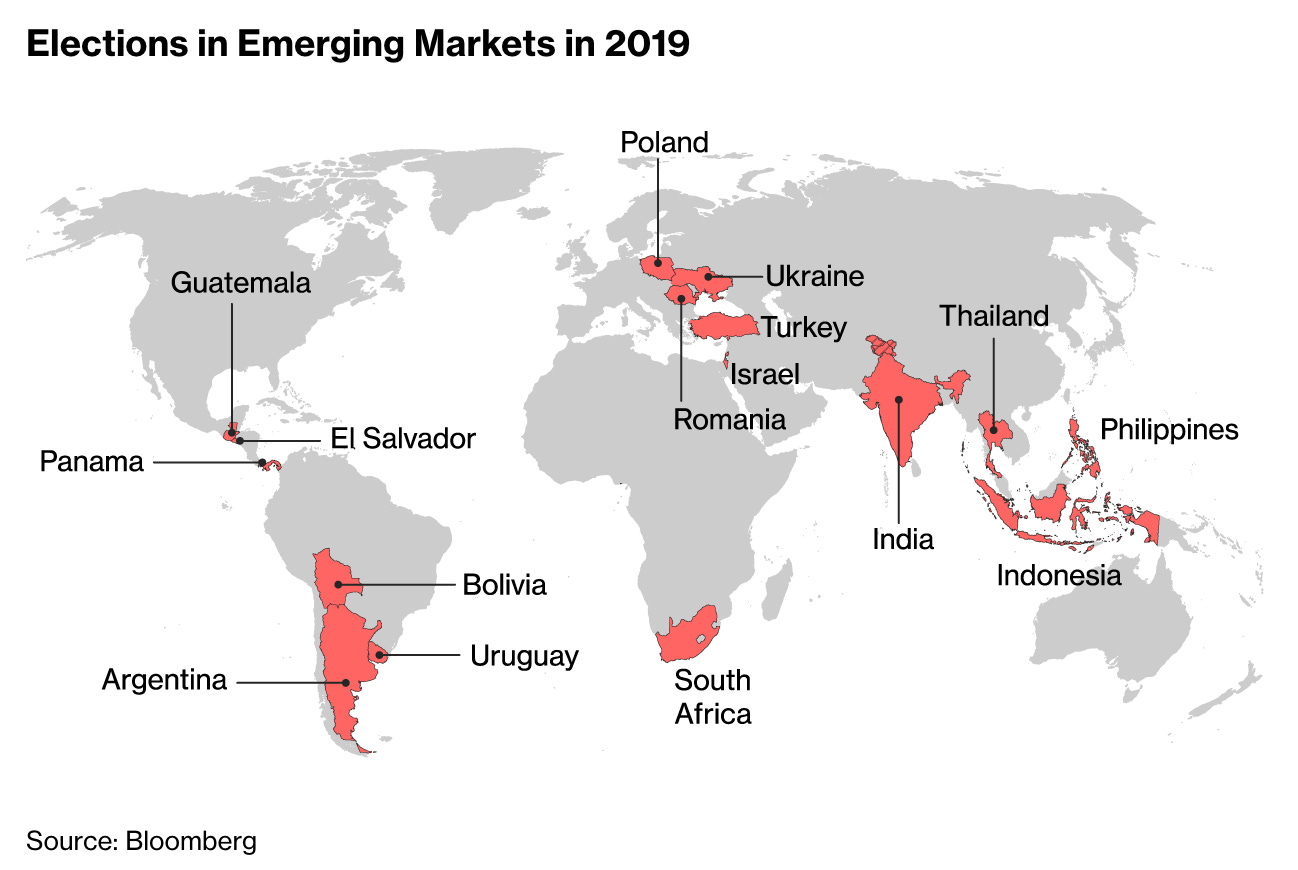Greetings from Brooklyn. Sorry this is a bit late, got stuck in a loop with Substack that wouldn’t let me send this until they confirmed we were humans. Added a few more people to the list yesterday, so welcome. This is still an experiment so feedback is welcome and if you run across anything we should read, please send it over. - Noah (NRB)
Over on the west side of Manhattan a new development called Hudson Yards has been emerging. It’s America’s largest private real estate development, combining commercial, residential, and retail (all, unfortunately, with just one subway station). Also there’s a giant weird staircase sculpture called The Vessel that cost $200 million.
Why is this interesting?
Like a lot of things these days, it’s ready-made for selfies. Because of that (amongst other reasons I’m sure), the owners have added some language into the ticket agreement (you have to have one to climb up) that says they have the rights to all your photos. People got really upset about that on social media so they changed the agreement to say … they own your photos if you’re on the sculpture. If that sounds like not a change, it’s because I don’t think it really is. After all, the mechanism of enforcement is the ticket and if you’re just walking next to the sculpture without one taking photos how could they argue you agreed to anything?
Separately, this seems like a fascinating way to permanently conclude the pop-up selfie museum trend. If you’re not familiar with the Museum of Ice Cream and it’s ilk, you surely saw the photos of friends in pools full of sprinkles. “These places are often described as ‘Instagram Museums,’” Amanda Hess wrote in The Existential Void of the Pop-Up ‘Experience’, “and the real experience plays out only after we post photographic evidence on social media. The internet is an increasingly visual space, and these museums, with their enormous pools of candy and gargantuan emoji props, are designed to fit the shrunken-down Instagram grid.”
Why would The Vessel be the conclusion to the trend? For one, it’s a $200 million structure that will be standing for some time. But also because selfies are likely to change substantially. Stories, the format invented by Snapchat and perfected by Instagram, are going to surpass feed shares this year (if it hasn’t already). Here’s TechCrunch on stories from 11 months ago (practically a lifetime for an idea that was only invented in 2013): “The repercussions of this medium shift are vast. Users now consider how every moment could be glorified and added to the narrative of their day. Social media platforms are steamrolling their old designs to highlight the camera and people’s Stories. And advertisers must rethink their message not as a headline, body text, and link, but as a background, overlays, and a feeling that lingers even if viewers don’t click through.” And all of that was written before anyone was talking about TikTok. If you’re wondering why Zuckerberg is confident in making a decision to move to messaging, it’s because of stories and the promise they offer for both growth and advertising.
Back to Vessel. I’ve been playing with this framework for how culture cascades: Technological change drives cultural change, cultural change drives societal change, and societal change drives changes in nature (this last one takes a long time so we will leave it out for now). If we run these ideas through that lens, then you have the technology of phone cameras and Instagram driving selfies, a cultural trend, which eventually produces this piece of art-cum-infrastructure (in the cascade I’ve been defining society as the way we attempt to ensure culture becomes permanent through things like governance and infrastructure). It’s safe to say that stories will create a new cultural movement different than selfies which a large staircase may or may not make sense for (I am assuming parkour breaks the Vessel’s terms of service). (NRB)
Map of the Day:
This year is a big one for emerging markets elections. (NRB)

Quick Links:
How do you get someone to pay more than $20 while remaining in the realm of rationality? A Shubik-Bazerman Auction. There are three rules, but this is the one that really matters: “The two highest bidders pay the full price of their bid, but only the highest bidder wins the $20.” (NRB)
Are you picking winners for March Madness? Hopefully you’re somewhere in-between incompetence and expertise, as researchers have found success in picking your bracket follows an inverted-U. “How could this be? It turns out that prediction is a skill all its own, somewhat independent of the knowledge you possess on the matter being predicted. The best forecasters tend to give a lot of weight to base rates (i.e., past team performance).” (NRB)
I’ve been tracking the Sackler story since Patrick Radden Keefe wrote a scathing New Yorker story about the family behind Oxycontin in 2017. One of the big questions has been when an art institute is going to turn down/return dirty money from a Sackler donation. The National Portrait Gallery has broken the dam by turning down a £1m gift from the Sackler Trust. They will surely not be the last, especially as the case against the family goes to trial. (NRB)
Of all the conversations about Theranos (renewed thanks to the new HBO show), the one I’m most uncomfortable with is her voice. She famously spoke in a strange baritone, which by all accounts wasn’t her real voice. While this is certainly odd, it doesn’t seem without merit. In fact, This American Life did a whole segment on all the hate mail they get about the voices of young women and The Cut found an academic who studies how voices change perception that suggested it could very well have helped Holmes: “Some of the research we’ve worked on shows that when men and women deliberately lower their voices, it’s actually successful.” (NRB)
Thanks for reading,
Noah (NRB) & Colin (CJN)


